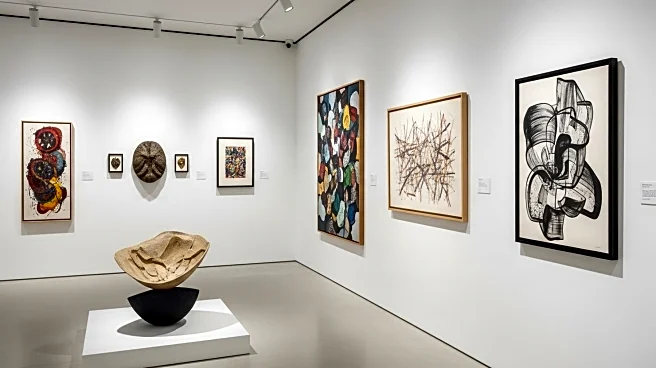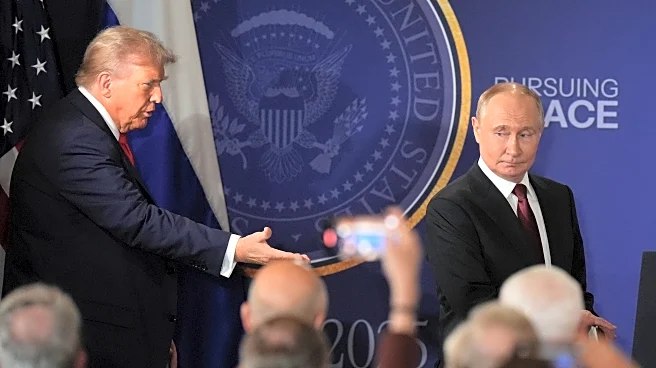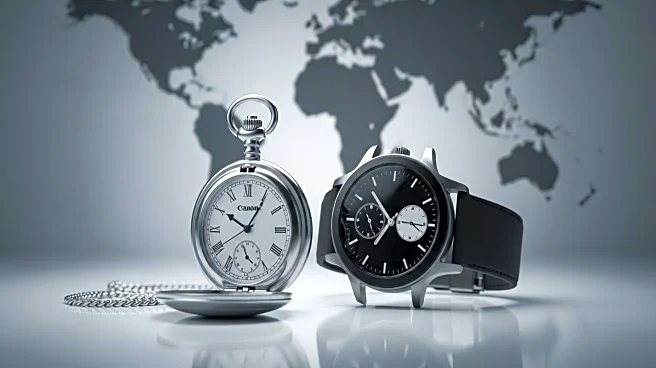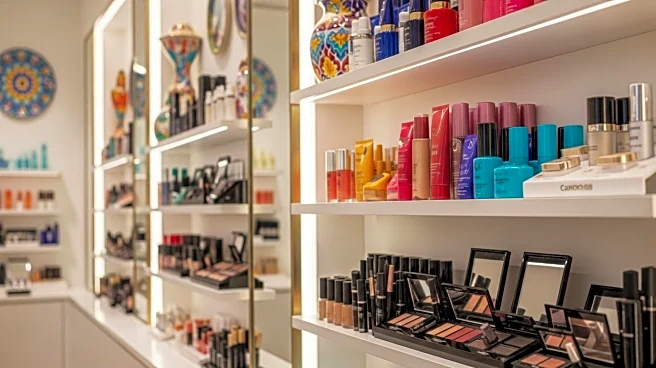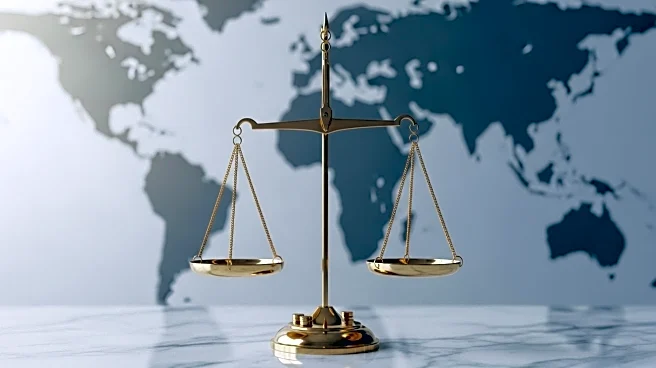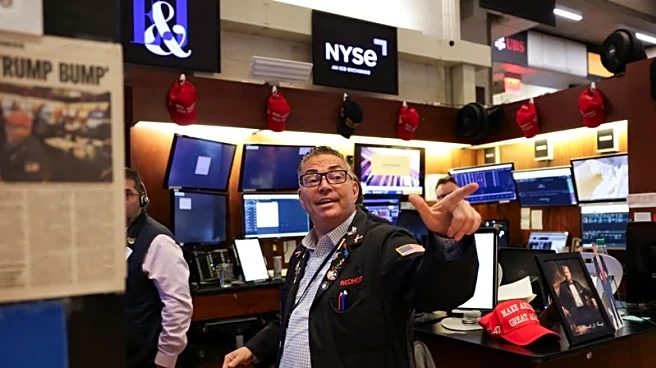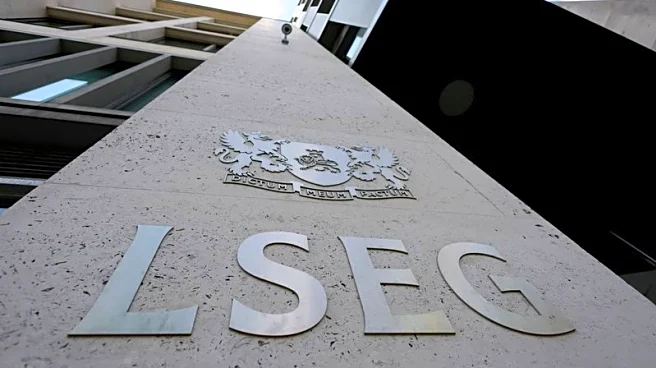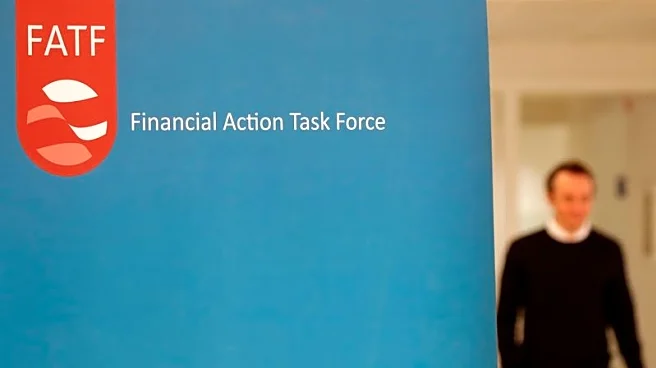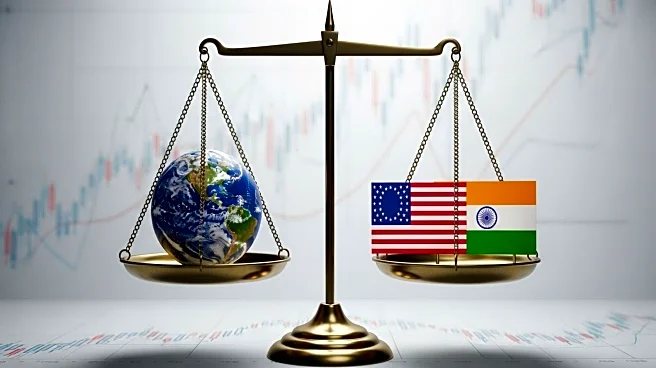What's Happening?
Warren Stephens, the newly appointed US ambassador to the UK, has installed an impressive collection of blue-chip art at his residence in Winfield House, Regent’s Park, London. Stephens, who is the chief executive of Stephens Inc., a financial services firm, is known for his substantial wealth, estimated at $3.5 billion by Forbes. His art collection includes works by renowned artists such as Paul Cézanne, Pierre-Auguste Renoir, and Edgar Degas. Notably, Claude Monet's 'Effet de soleil couchant sur la Seine à Port-Villez' is displayed above the drawing room mantelpiece, and a Pissarro painting of Kensington Gardens has been recently hung in the mansion. Stephens was also a significant donor to President Trump's inauguration fundraising committee.
Why It's Important?
The installation of such a prestigious art collection at the ambassador's residence underscores the cultural diplomacy and soft power that art can wield in international relations. By showcasing works from iconic artists, Stephens not only enhances the aesthetic appeal of the residence but also strengthens cultural ties between the US and the UK. This move may influence perceptions of the US ambassadorial presence in the UK, highlighting the importance of art in fostering international goodwill and cultural exchange. Additionally, Stephens' role as a major donor to President Trump may reflect broader political and economic connections between the US and UK.
What's Next?
The presence of this art collection may lead to increased cultural engagements and events at the ambassadorial residence, potentially involving art exhibitions or collaborations with local UK institutions. It could also prompt discussions on the role of art in diplomacy and how cultural assets can be leveraged to enhance bilateral relations. Stakeholders in the art world and diplomatic circles may watch closely to see how this collection influences cultural diplomacy efforts.
Beyond the Headlines
The installation of such a collection raises questions about the intersection of wealth, art, and diplomacy. It highlights how personal collections can serve as tools for cultural influence and soft power. The ethical considerations of displaying private collections in public diplomatic spaces may also be explored, as well as the long-term impact on cultural heritage and preservation.
